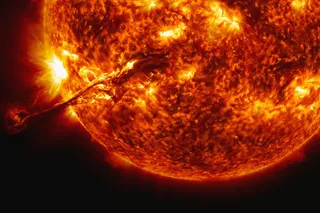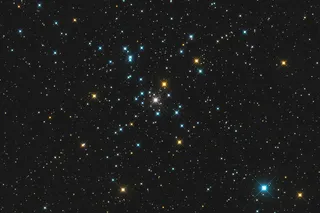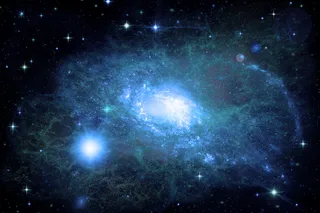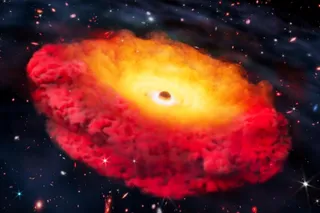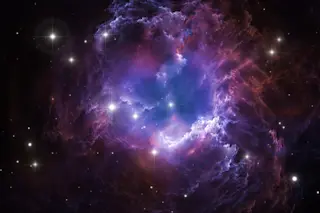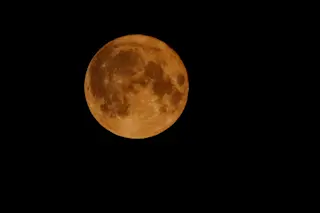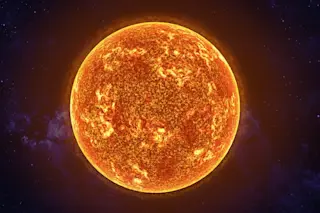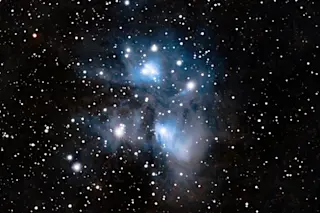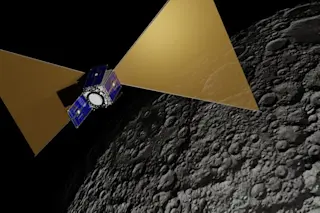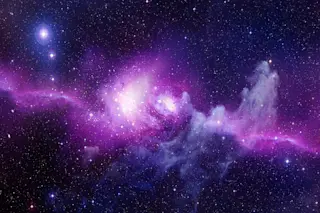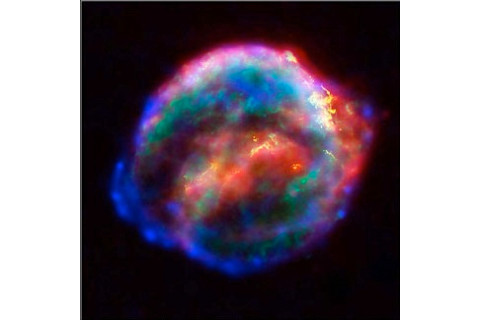
The most recently observed stellar explosion in our neighborhood was Kepler's supernova, spotted 400 years ago.
Scientists using a telescope atop a Hawaiian volcano have detected a pair of extra-bright supernovae, or star explosions, one of which is the oldest, most-distant supernova
ever detected. That explosion occurred 12 billion years ago, making it a billion years older than the oldest supernova ever seen before. Because they are so bright—about 10 to 100 times brighter than most supernovae—these superluminous supernovae extend the limit on how far scientists can look back in time when they study the stars, whose light takes so long to reach us that what they are showing us is a picture of the universe in the past. With these results, published in Nature
, scientists are peering closer than ever before to the time of the Big Bang
, 13.7 billion years ago. Scientists determined the ages of these exploded stars by looking at the wavelengths of light emanating from them: the longer the wavelengths, the older the light. Since the universe is expanding, we are moving farther and farther away from everything in it, including these ancient explosions. As a source of light, the explosion, and we, the observers, move farther apart, the wavelengths of light between us become longer and longer---closer to the red end of the spectrum, a phenomenon called redshift
. The more the light has shifted to the red wavelengths, the farther away the source is and the older it is. One of the newly observed supernovae had a redshift value of 2.05, indicating that it exploded 10.4 billion years ago. The 12-billion-year-old supernova had a redshift of 3.9. The authors of the Nature paper write that they don't think these supernovae were the first stars to form after the Big Bang, but the discovery of these old explosions raises hopes that they might be able to detect similar explosions from those original stars in the future. The researchers know what they are looking for: they expect the stars formed right after the Big Bang to appear in areas low in heavy elements. Seeing the explosion of a star formed soon after the Big Bang would just be stellar.
Supernova image via NASA, ESA, R. Sanskrit and W. Blair (Johns Hopkins University)



